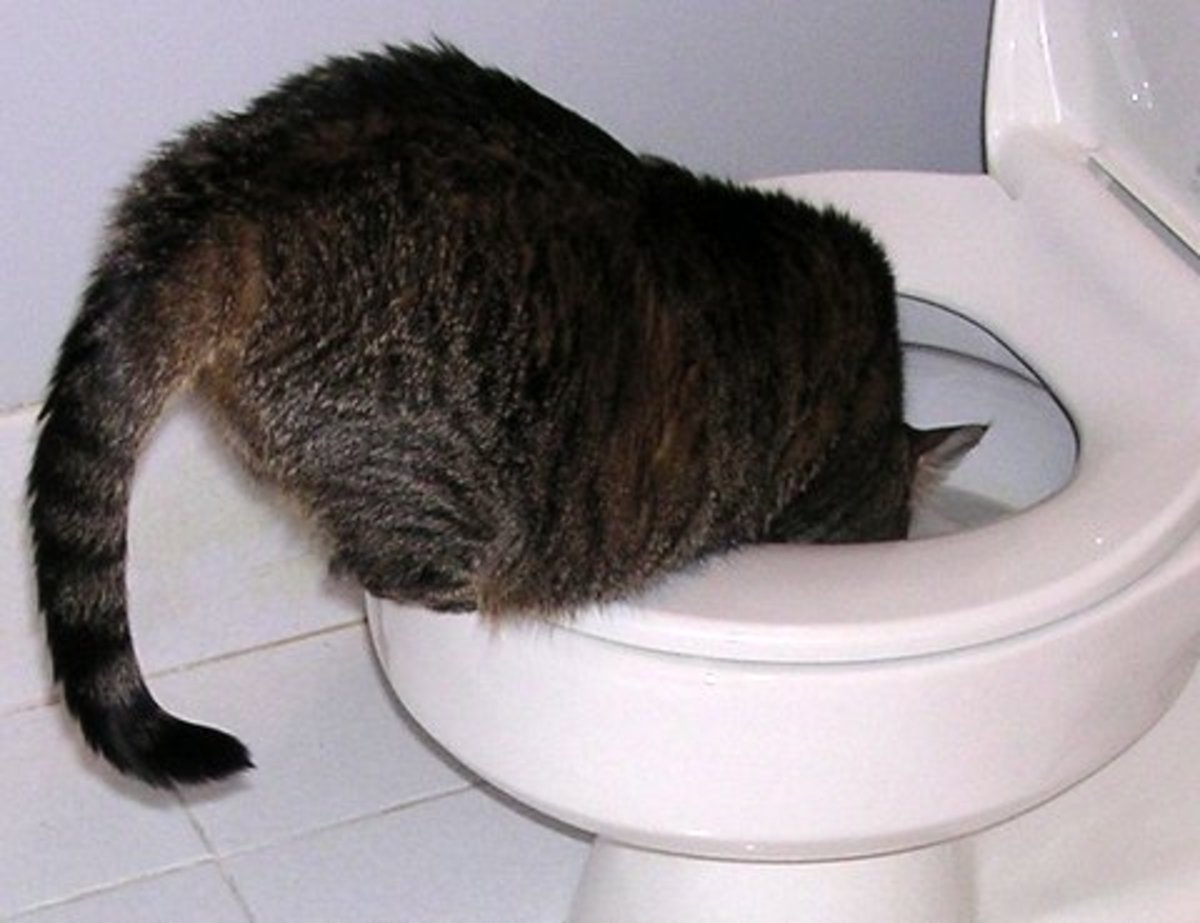Potential Issues of Flushing Cat Poop Down Your Toilet - Safeguard Your Pipes
Potential Issues of Flushing Cat Poop Down Your Toilet - Safeguard Your Pipes
Blog Article
They are making a few good points on the subject of How to Dispose of Cat Poop and Litter Without Plastic Bags as a whole in this article followed below.

Introduction
As pet cat owners, it's vital to bear in mind just how we deal with our feline good friends' waste. While it might seem practical to flush cat poop down the toilet, this practice can have destructive effects for both the setting and human health and wellness.
Alternatives to Flushing
Thankfully, there are safer and extra liable ways to throw away cat poop. Think about the following alternatives:
1. Scoop and Dispose in Trash
One of the most usual method of taking care of feline poop is to scoop it right into a biodegradable bag and toss it in the trash. Make certain to use a committed litter scoop and take care of the waste promptly.
2. Use Biodegradable Litter
Go with biodegradable feline clutter made from products such as corn or wheat. These litters are environmentally friendly and can be safely taken care of in the trash.
3. Bury in the Yard
If you have a yard, think about burying feline waste in an assigned area away from vegetable gardens and water sources. Be sure to dig deep enough to prevent contamination of groundwater.
4. Install a Pet Waste Disposal System
Invest in a pet waste disposal system especially made for pet cat waste. These systems utilize enzymes to break down the waste, decreasing odor and ecological effect.
Health and wellness Risks
In addition to ecological worries, flushing pet cat waste can likewise pose wellness dangers to humans. Feline feces may have Toxoplasma gondii, a parasite that can create toxoplasmosis-- a potentially extreme disease, specifically for expecting females and individuals with damaged body immune systems.
Environmental Impact
Purging feline poop presents damaging virus and parasites right into the water, presenting a considerable risk to marine ecological communities. These impurities can negatively affect marine life and compromise water quality.
Conclusion
Liable family pet possession expands past giving food and sanctuary-- it additionally involves proper waste monitoring. By refraining from purging cat poop down the toilet and opting for alternative disposal methods, we can decrease our ecological impact and safeguard human wellness.
Why Can’t I Flush Cat Poop?
It Spreads a Parasite
Cats are frequently infected with a parasite called toxoplasma gondii. The parasite causes an infection called toxoplasmosis. It is usually harmless to cats. The parasite only uses cat poop as a host for its eggs. Otherwise, the cat’s immune system usually keeps the infection at low enough levels to maintain its own health. But it does not stop the develop of eggs. These eggs are tiny and surprisingly tough. They may survive for a year before they begin to grow. But that’s the problem.
Our wastewater system is not designed to deal with toxoplasmosis eggs. Instead, most eggs will flush from your toilet into sewers and wastewater management plants. After the sewage is treated for many other harmful things in it, it is typically released into local rivers, lakes, or oceans. Here, the toxoplasmosis eggs can find new hosts, including starfish, crabs, otters, and many other wildlife. For many, this is a significant risk to their health. Toxoplasmosis can also end up infecting water sources that are important for agriculture, which means our deer, pigs, and sheep can get infected too.
Is There Risk to Humans?
There can be a risk to human life from flushing cat poop down the toilet. If you do so, the parasites from your cat’s poop can end up in shellfish, game animals, or livestock. If this meat is then served raw or undercooked, the people who eat it can get sick.
In fact, according to the CDC, 40 million people in the United States are infected with toxoplasma gondii. They get it from exposure to infected seafood, or from some kind of cat poop contamination, like drinking from a stream that is contaminated or touching anything that has come into contact with cat poop. That includes just cleaning a cat litter box.
Most people who get infected with these parasites will not develop any symptoms. However, for pregnant women or for those with compromised immune systems, the parasite can cause severe health problems.
How to Handle Cat Poop
The best way to handle cat poop is actually to clean the box more often. The eggs that the parasite sheds will not become active until one to five days after the cat poops. That means that if you clean daily, you’re much less likely to come into direct contact with infectious eggs.
That said, always dispose of cat poop in the garbage and not down the toilet. Wash your hands before and after you clean the litter box, and bring the bag of poop right outside to your garbage bins.
https://trenchlesssolutionsusa.com/why-cant-i-flush-cat-poop/

We were guided to that article on Don’t flush cat feces down the toilet from a good friend on another web blog. Liked our blog? Please share it. Help other people find it. I treasure reading our article about How to Dispose of Cat Poop and Litter Without Plastic Bags.
Schedule Your Service Report this page